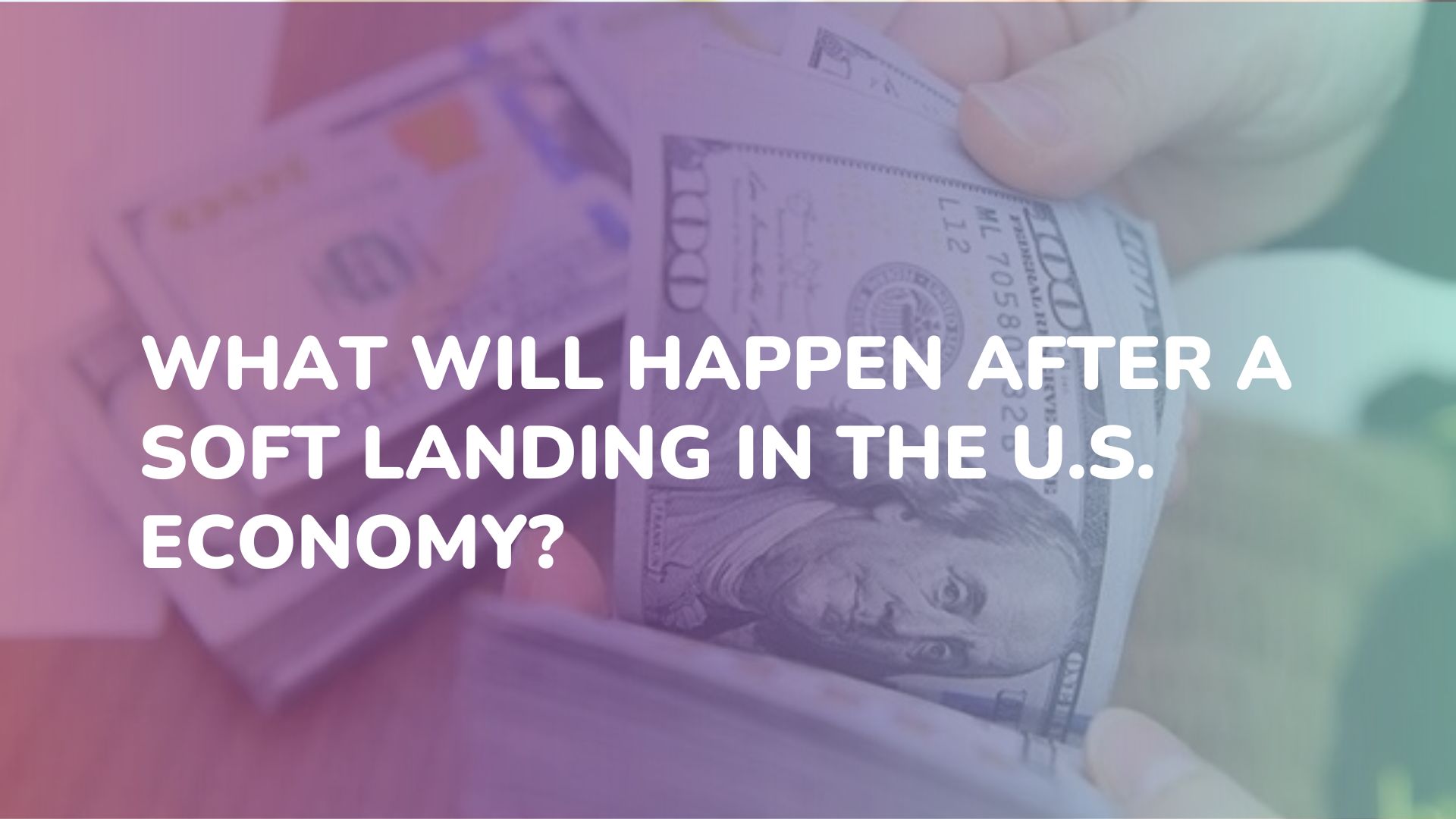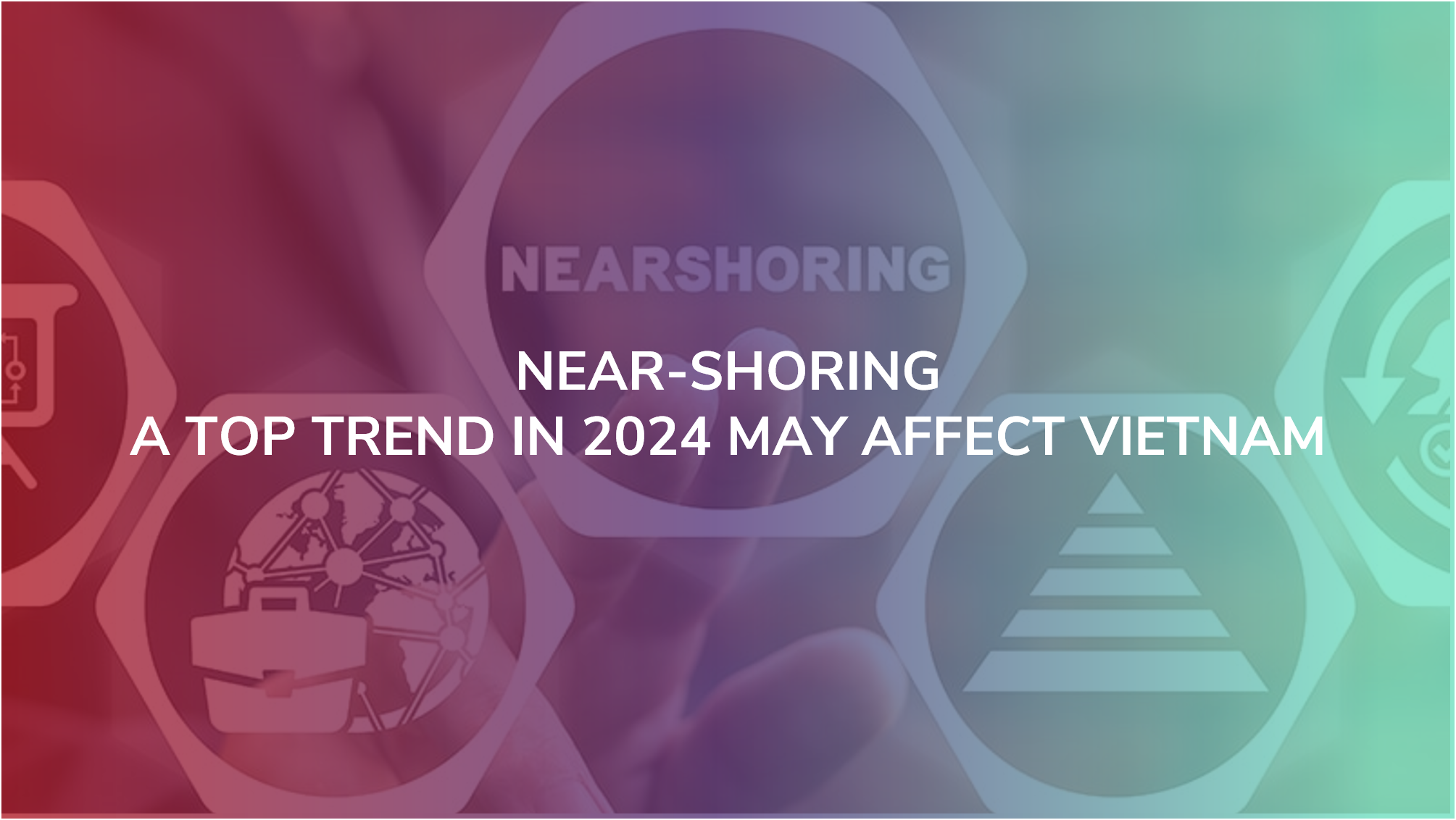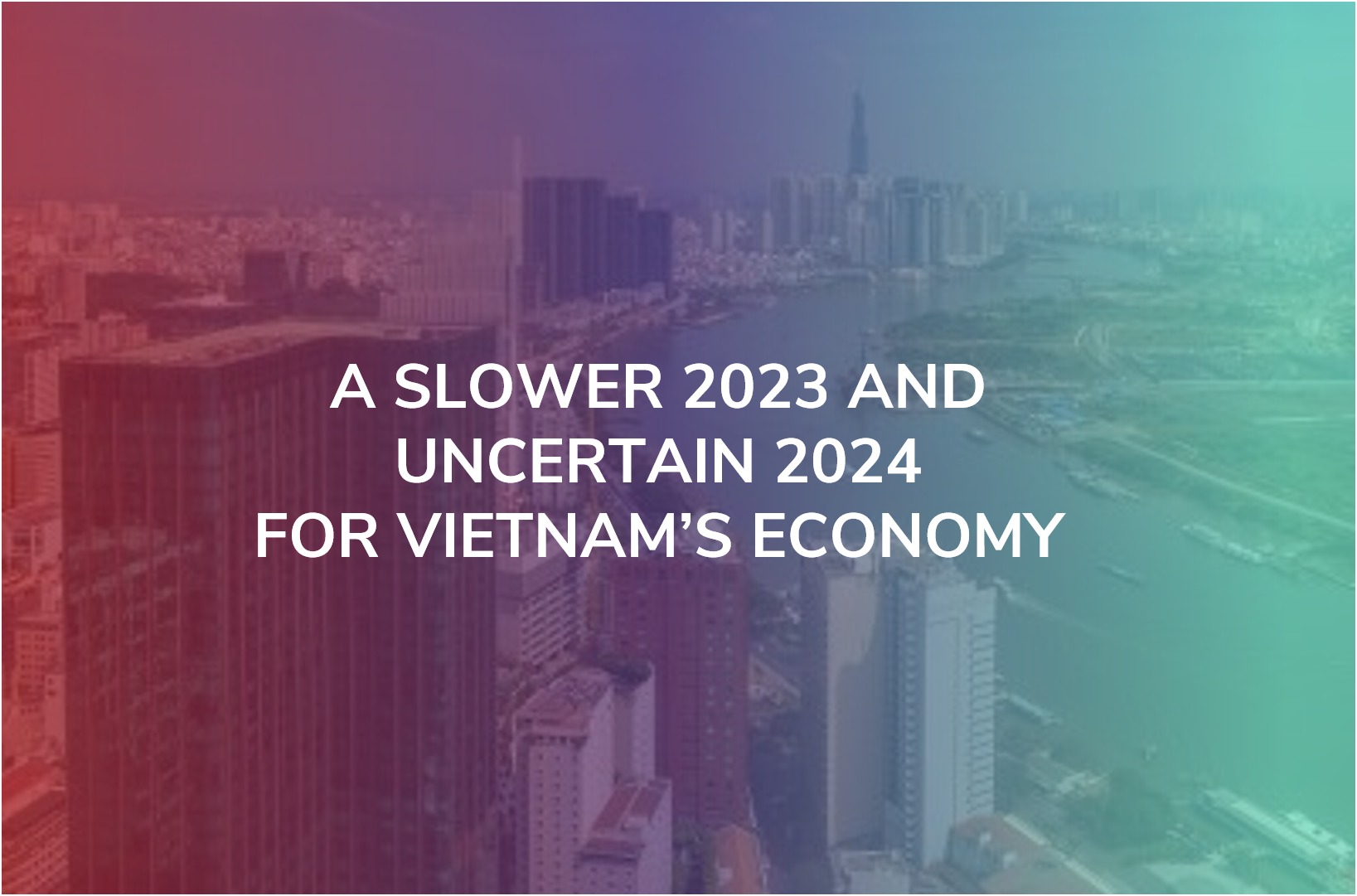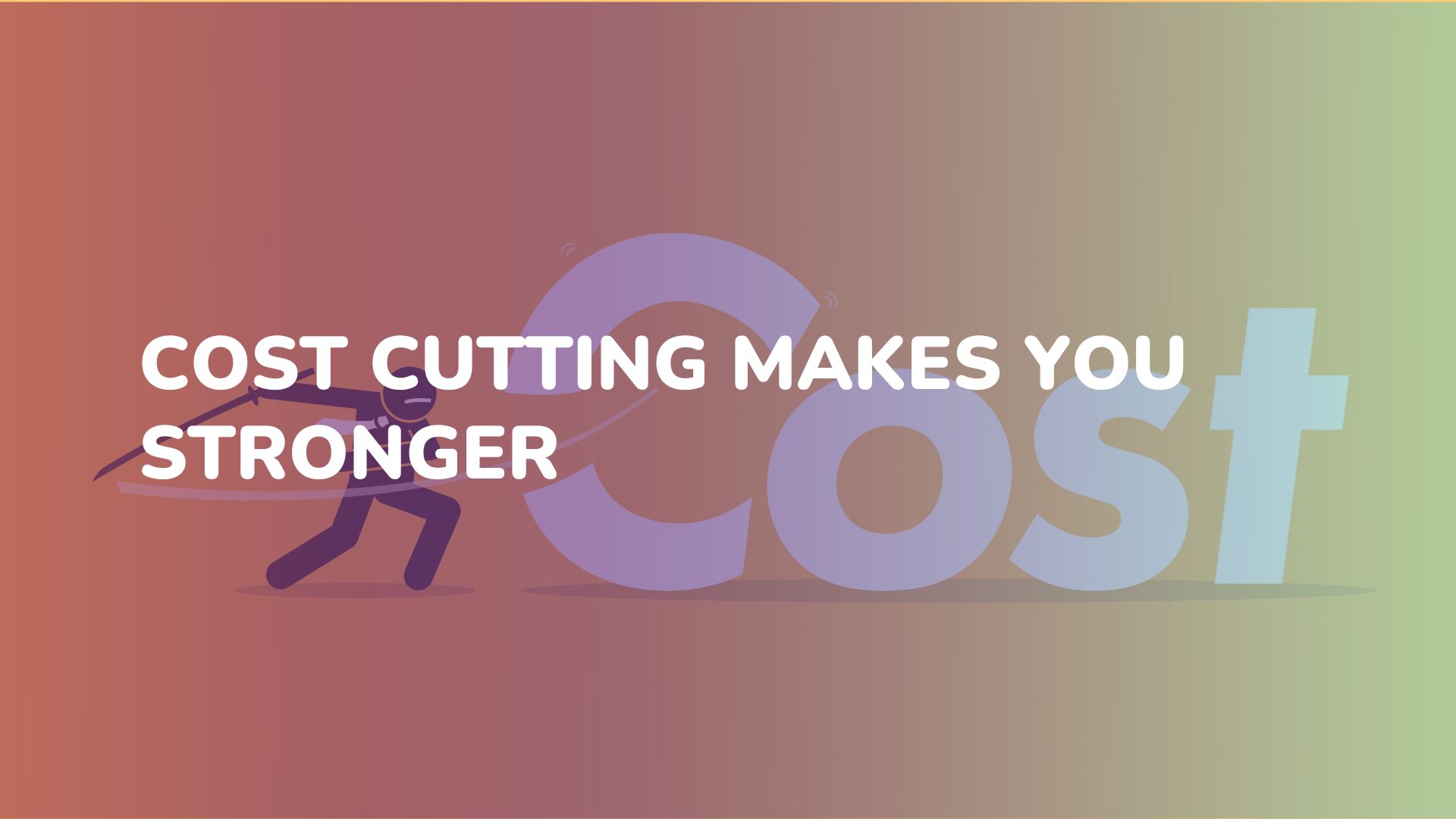What will happen after a soft landing in the U.S. economy?
Plot summary
When a recession was predicted to occur a year ago, the Fed seems to have succeeded in bringing down inflation without causing a recession. Many negative forecasts underestimate the resilience of the U.S. economy, typically because they are based on historical models and precedents, rather than on isolated contexts. While a soft landing may be progressing very well, it won’t be the end—a new state of imbalance will emerge. Leaders cannot count on macroeconomic certainty and stability. Instead, they must recognize that the macroeconomy will not be affected by the models, and most importantly, assess the situation.

About the author:
Philipp Carlsson-Szlezak: Philipp Carlsson-Szlezak is a partner and managing director at BCG’s New York office and BCG’s global chief economist. Readers can contact him at: Carlsson-Szlezak.Philipp@bcg.com
Paul Swartz: Paul Swartz is director and senior economist at the BCG Henderson Institute, based in BCG’s New York office.
Martin Reeves: Martin Reeves is president of Boston Consulting Group’s BCG Henderson Institute in San Francisco and co-author of The Imaginative Machine (Harvard Business Review Press, 2021).
Date: July 21, 2023
Note: soft landing: is a condition in which an economy stops after a period of growth or slows down slightly and keeps a reasonable growth rate. When an economy enters a soft landing, the growth rate decreases but continues to increase and there is no significant decline or drop in economic power.
The economy of the United States will once again challenge those who predict economic disaster to come. More than a year has passed since a recession was predicted to be inevitable and claims of a “soft landing” are almost nonexistent. But today, a soft landing is promising, even if it’s not finished: The Fed has succeeded in bringing down inflation without causing a recession. The labor market, which serves as the only credible evidence that the economy is in recession, has cooled without pushing up unemployment.
While this is welcome news, the lingering lack of uncertainty surrounding the economy has left many leaders baffled, who soon gave up the game in anticipation of a costly recession. This instability will persist. What happens after a soft landing (if it can happen in fact)? To answer this question, we look at why recession predictions are wrong and what lies ahead.
Recession predictions have yet to be fulfilled
During the pandemic, when many predicted a “Great Recession,” discussions over the past half year were steeped in negativity. Some leaders predicted a “storm” would soon hit the economy; Others dismiss even the possibility of a soft landing.
But as the chart below illustrates, that’s exactly what has been going on over the past 16 months. Job openings soar as companies come under less pressure and turnover rates decline as workers feel they are less enticed, while hiring (“payroll”) continues to grow at a robust pace. There are no signs of a recession as unemployment remains near a 60-year low.
What went wrong, or more precisely, what was right?
Many negative forecasts underestimate the resilience of the U.S. economy, typically because they are based on historical models and precedents, rather than on isolated contexts. Consider the following four manifestations of resilience:
- Labor market resilience. A common assumption is that monetary policy will push down overall demand for jobs. Instead, we see weaknesses, covered by overall strength. Significant layoffs have occurred when hiring is overwhelmed (e.g., tech) but in other sectors (e.g., services), hiring is still going strong. The laid-off worker has found new jobs. Resilience has been found in the extraordinary economic diversification of recessionary sectors with booming ones.
- Resilience of consumption. Growing layoffs, inflation eating away at household budgets and falling portfolios weaken the balance sheet. This situation continues to lead predictors that spending will collapse. Context matters. The balance sheet has buffers, including cash. And while personal budgets are squeezed, gross incomes continue to grow rapidly as hiring continues to take place, empowering consumers. Synthetic overdraft has not yet occurred.
- Resilience of housing. A common fear is that rising interest rates will weaken the housing market, cause delays in construction activity, push prices down, or even, as some predict, trigger another housing recession. But these stories ignore the fact that the operation remains accurate because of the low housing backlog. As a result, higher prices have reduced—rather than strangled—housing activity. Housing began to fall in price, trading down, but they have stabilized and are rising again.
- Resilience of the financial system. Another common fear is that the Fed will raise interest rates until something goes wrong. The idea that the financial system will be collateral damaged by higher interest rates is not unfounded, as we witnessed the collapse of SVB. The risk of “contagious” collapse is overblown, people do not believe in the ability of policymakers to prevent it.
The better-than-expected results all have something in common. Each concern is valid but too narrowly considered. Particular, contextual and situational motivations are more important than historical relationships and history-based patterns when we talk about these areas.
A lesson that is less often studied seems to be to blindly trust macroeconomic models. The individual characteristics of the cycle require judgment rather than accurate forecasting. Attention was on the most negative predictions, though.
The way forward
Economics often meaninglessly frames the economic cycle as “moving into equilibrium.” (same with “soft landing” in aviation) In fact, we’re always moving from one particular imbalance to another, meaning executives can’t rely solely on forecasts. New specific engines will always create new situations that economic models are not yet ready to accept.
So what could the new imbalance be?
Although the first stages of the soft landing were successful, excluding a recession is erroneous. It’s still a possibility, even a sure scenario (and inevitable over time). Monetary policy still has one foot on the brakes. Real shocks can always end a cycle, especially when growth has slowed and the economy is therefore more vulnerable, and financial stressors, such as bank crashes, can appear unexpectedly. Looking at the three types of recession risk is essential, but we still agree that the risk of a recession is much lower
Accelerating again is more likely, as a resilient economy will succeed during this period of weak (but not recessionary) growth. However, such re-acceleration can take place in different ways – some are welcome, others are not.
Scenario 1: Recommissioning the overspeeding economy
If demand rises sharply and exceeds the capacity of the economy (labor, capital and familiar processes), another bout of inflation may occur. This will require a new round of monetary tightening with all the risks we discussed above.
Even so, it won’t immediately lead to “deflation,” which has been the false narrative over the past two years that the U.S. economy is seeing a structural return to inflation. That means another bout of cyclical inflation comes (and goes) with a lack of synchronization between supply and demand.
Scenario 2: A balanced economy
If demand increases in line with the capabilities of the economy, expansion can take place at an acceptable growth rate without new inflationary pressures. Monetary policy may shift from a very tight stance to a more neutral stance, until a new balance emerges.
Scenario 3: An economy that is well above expectations
We know this has come when the capacity of the economy grows significantly faster than demand, facilitating rapid growth without accompanying cyclical inflation. While large capital formation and strong labor market participation may be a springboard for this scenario to play out to some extent, the key remains the acceleration of productivity growth.
Is this possible and likely to happen?
Many businesses expect much higher growth thanks to ChatGPT and other applications of AI, but unfortunately not so fast. The availability of technology does not guarantee faster productivity growth; Think of technology as just fuel. Sparks often come in the form of a tight labor market. When companies are forced to substitute capital for labor, they tend to do more. When they can no longer hire workers, they transform their processes.
Such sustained labor market tightening and its benefits are a realistic prospect. However, leaders should be cautious about the scale and speed of those benefits. Large productivity gains at the macroeconomic level are gradual, not sudden, and their scale is often overly expected—as we saw during the pandemic, when analysts rushed to write an additional 1 percentage point of bogus growth.
The benefits of such a scenario would be broader rather than just slightly higher growth. A tight labor market generates real wage growth across the entire income distribution, and the biggest beneficiaries tend to be at the bottom of the distribution chain. This creates opportunities for career advancement and job creation for those who have fewer opportunities or struggle to get a job, and it pulls those who have left back into the labour market.
. . .
While a soft landing may be progressing promisingly, it won’t be the final state, a new imbalance will emerge. Leaders cannot wait for macroeconomic certainty or stability. Instead, they must recognize that the macroeconomy will not be affected by the models—and it’s important to evaluate. Negative headlines will persist, and economic models will give a flat view of the world that has lost its important context. Leaders must apply the same skills they use every day to lead their companies through uncertainty to navigate the macroeconomy. They must avoid overreacting to the latest data as well as avoid taking an unchanging view of the future.
For companies, the challenges of a tight economy, including margin pressures, as well as higher but sustainable interest rates are viable—but they are better suited as an alternative to a recession. Confronting these challenges means needing more capital to replace labor, innovate more, and absorb more technology. Each of these factors forms the basis of a better-than-expected economic outlook.
Now, as you have read this far, you must be very interested in finding effective solutions for the growth activities of your business. Metta Marketing is delighted if you connect with us, and we are willing to provide a free consultation for businesses on sales and marketing, as a thank you from Metta to you, the reader of this article.
Source: Harvard Business Review
Metta Marketing
Born to build Brands
Contact Metta










